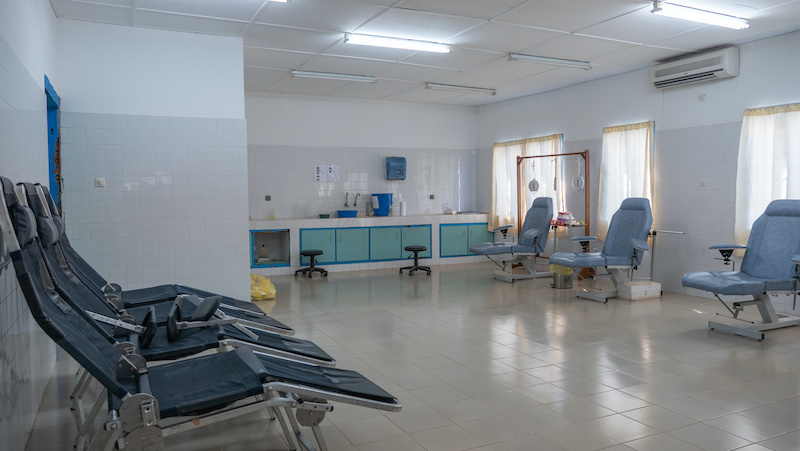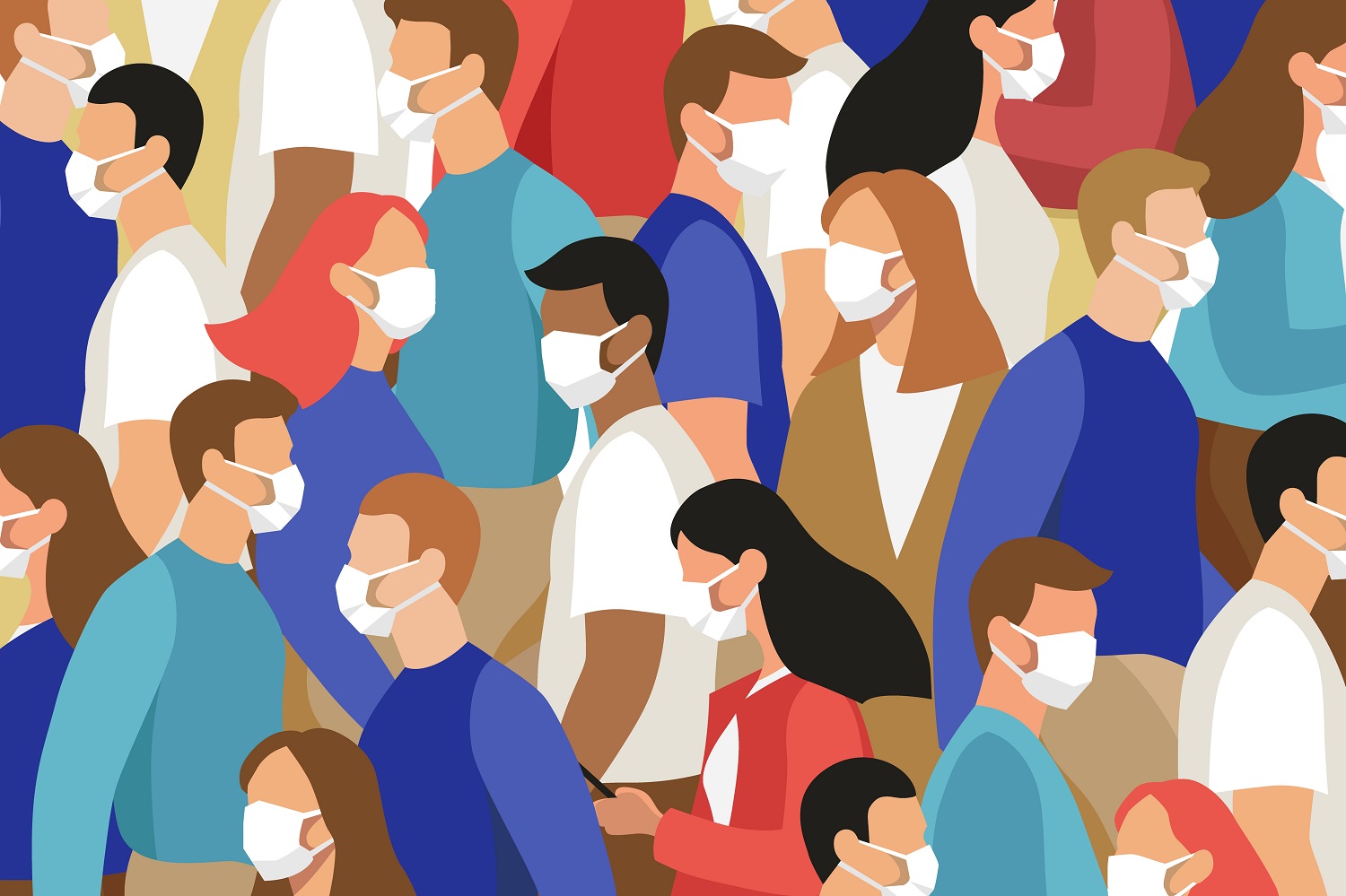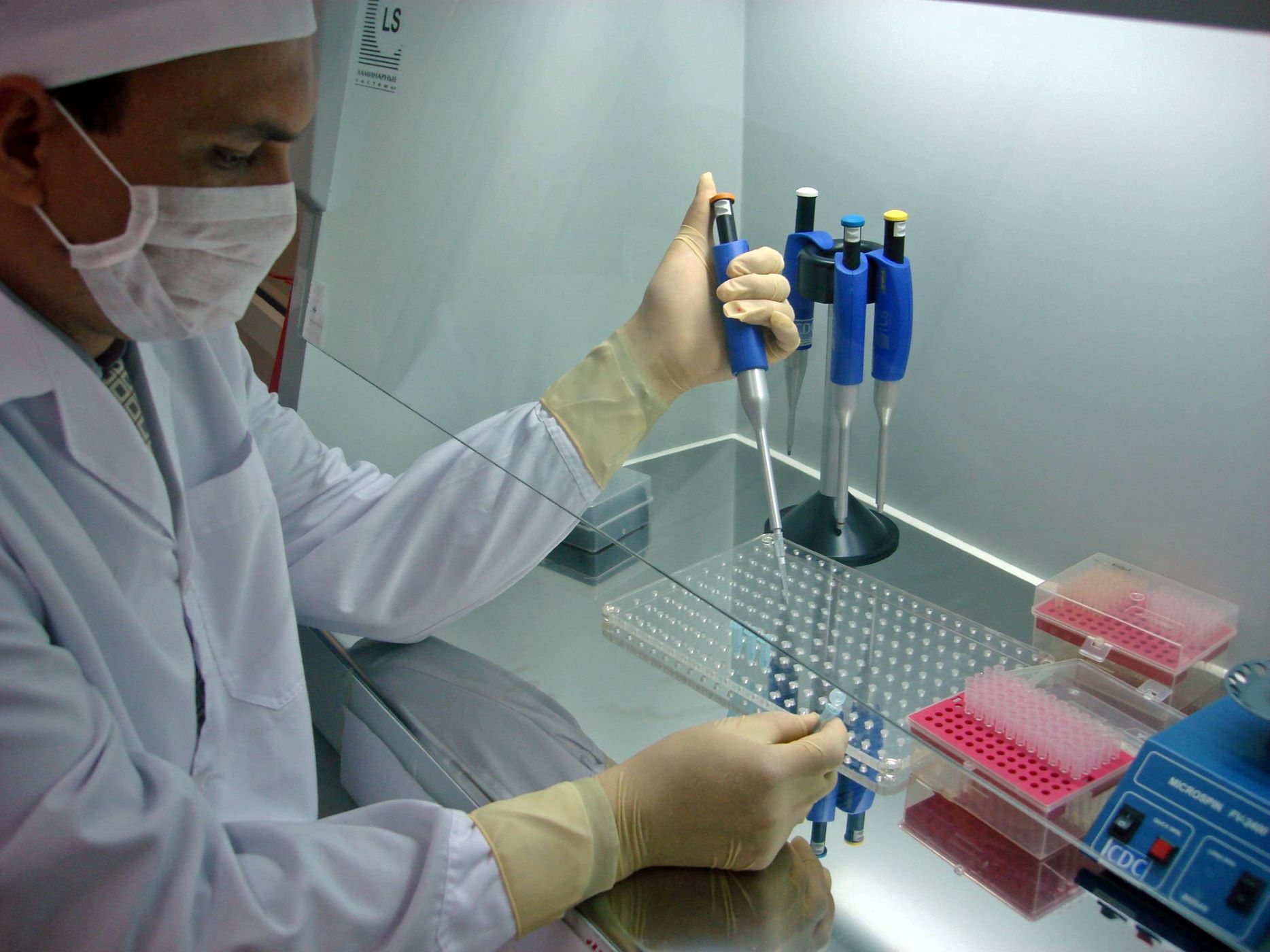Recommended
What was anecdotal early in the pandemic is now increasingly backed by rigorous data and evidence: women have been disproportionately hurt by the COVID-19 crisis. Sectors where women predominate as employees and entrepreneurs—including tourism, retail, and hospitality—have been harder hit than those where men are concentrated. Combined with increased unpaid care work burdens, this means women have exited the workforce at higher rates than men, and women-owned businesses have been more likely to close their doors. Violence against women has increased across countries. Women’s mental health has been more severely impacted because of the pandemic, and women and girls in some contexts have faced significant barriers to accessing sexual and reproductive and other health services.
The evidence to date suggests that the pandemic and resulting global recession have exacerbated pre-existing gender inequalities in economic standing and broader well-being in low- and middle-income countries. Now, the question is: are donors like the World Bank and other regional development banks doing enough to close the gender gaps exacerbated by the pandemic?
To begin to answer this question, we undertook a review of all projects approved by the World Bank, the African Development Bank, and the Asian Development Bank from March through December 2020—195 projects in total—examining the extent to which project documents include indicators and targets aimed at measuring and reducing gender gaps.
Here’s what we found:
Health
The vast majority of new donor investments focus exclusively on the direct health impacts of COVID-19, with few projects including a focus on the indirect impacts stemming from barriers to accessing essential health services and exacerbated harms related to gender-based violence and mental health issues. In fact, only 39 out of 135 total health projects we reviewed contain a component that addresses the indirect health impacts of the COVID-19 crisis, and just over half of these included gender-specific indicators.
Limited attention to indirect health impacts in the MDB projects we reviewed may be due in part to the fact that other donor institutions and agencies, such as the Global Fund, PEPFAR, and UNFPA, are leading the way in ensuring that women and girls (and men and boys) have access to essential health services like HIV testing and treatment and contraception. A wider review of donor efforts will be needed to gauge the extent to which the COVID-19 pandemic has caused a “crowd out” of other health services.
Social Protection
In the area of social protection, multilateral development banks (MDBs) have incorporated gender-related indicators or targets into the majority (81 percent) of their COVID-19 response projects. That said, more can be done to ensure the most vulnerable women and girls are effectively reached by and benefit from these programs. Just 27 percent of social protection projects include intersectional indicators or targets—those that explore the extent to which not only women versus men are reached by and benefiting from donor investments, but also call for data disaggregated by age, migrant status, race/ethnicity, or any other characteristics. We also see differences in the types of social protection mobilized; the most commonly deployed measures are cash transfers, with only one project including an indicator focused on benefits related to childcare.
Women’s Economic Opportunity
There are fewer MDB projects with an economic response or recovery component. Just 60 of the 195 projects include support to enterprises, seek to protect or create jobs, or offer support to farmers. There are relatively few gender-sensitive efforts focused on support to those in the agricultural sector—a potential gap to address given women’s high concentration in agriculture in lower-income countries—and projects lack a focus on reducing women’s and girls’ disproportionate unpaid care work, a critical component of ensuring an inclusive recovery.
Of the 48 projects we reviewed related to economic recovery, 39 set targets related to women’s inclusion as beneficiaries or how they will benefit from the investment, though only 25 call for gender parity, i.e. women to be 50 percent or more of project beneficiaries.
The Path Forward
It’s clear that the MDBs recognize the major opportunity they have to support COVID-19 recovery projects that will help end long-standing gender inequalities in economic standing and broader well-being. Across the board, MDB projects have a stronger focus on gender than national level COVID-19 response policies. In reviewing national policies reflected in the COVID-19 Global Gender Response Tracker, we find that less than 20 percent of economic relief and recovery policies are designed to address women’s needs and constraints. Fortunately, when MDBs support governments in COVID-19 response, we find more attention given to gender inequities. But more research is needed to understand the impact that both national policies and donor investments are having on women and girls.
Donors must seize this important opportunity to put the women and girls who have suffered the largest economic and health effects at the center of recovery efforts and work toward fixing long-standing inequalities. This should include a focus on:
- Cash: Because the economic effects of the crisis will long outlast COVID-19’s direct health effects, governments and donors should continue to provide cash transfers to vulnerable populations, placing a priority on targeting women.
- Care: Governments and donors should strengthen labor market policies and programs to ensure they benefit women, including by prioritizing investments that reduce and redistribute women’s unpaid care work.
- Data: Governments and donors should monitor and evaluate the benefits of COVID-19 mitigation and recovery measures on women and girls, as well as strengthen broader data systems to ensure they reflect women’s and girls’ lived realities.
- Leadership: Women must be elevated into more leadership roles and have a greater voice in policy decision-making to strengthen response and recovery strategies.
For more specific recommendations aimed at the MDBs, see our working papers on health, social protection, and economic empowerment at www.cgdev.org/covidandgender.
Disclaimer
CGD blog posts reflect the views of the authors, drawing on prior research and experience in their areas of expertise. CGD is a nonpartisan, independent organization and does not take institutional positions.
Image credit for social media/web: Adobe Stock






